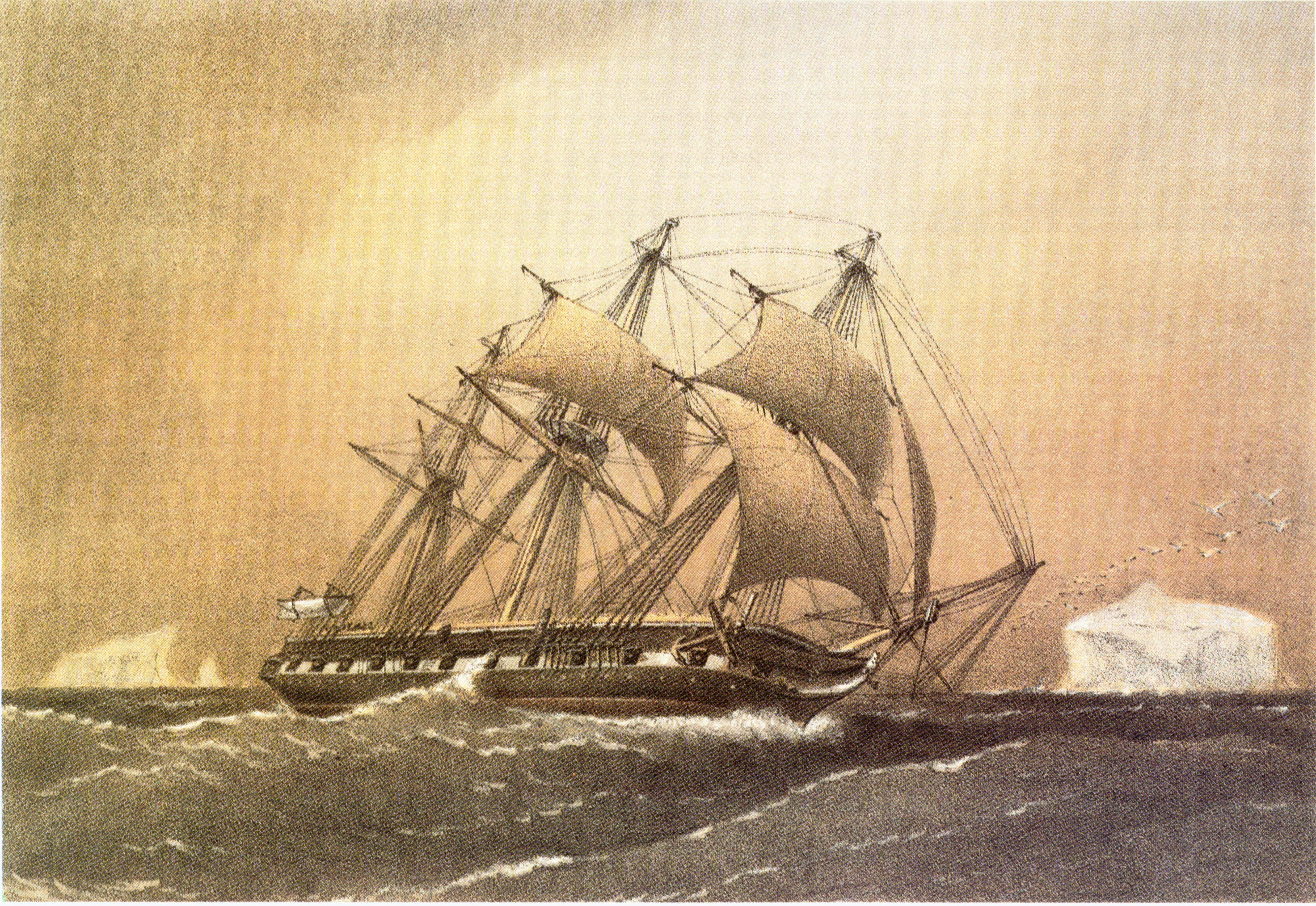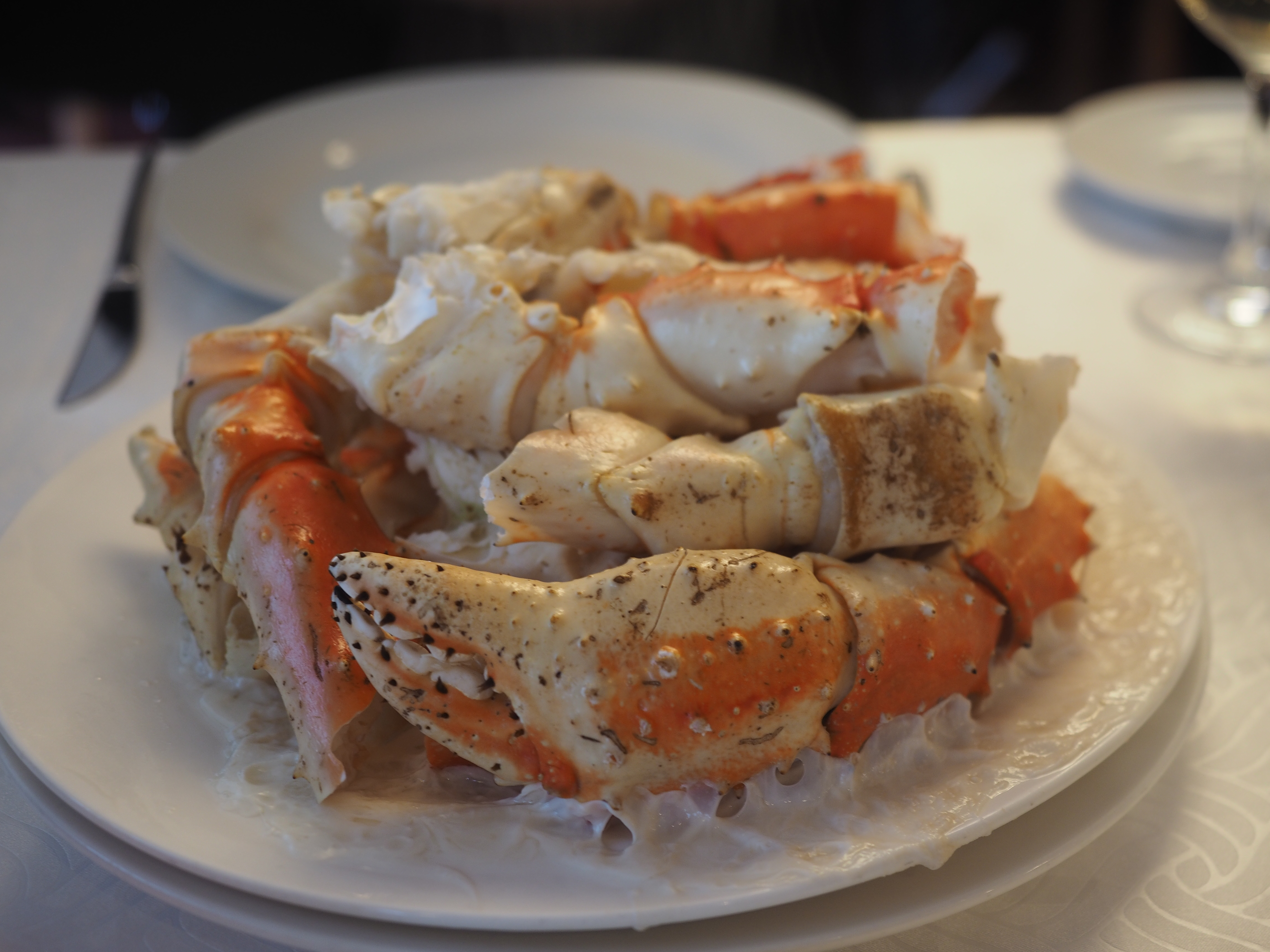|
Paralomis Aculeata
''Paralomis aculaeta'' is a species of king crab known only by the male holotype found off the coast of Prince Edward Islands, Prince Edward Island, a Sub-Antarctic Islands, sub-Antarctic island, by J.R. Henderson on the HMS Challenger (1858), ''HMS Challenger'' in 1888. Its carapace was first described as having a width of 39 mm and length of 42 mm. It is distributed in the western outreach of the Southwest Indian Ridge. The crab is caught during bottom trawling for ''Lepidonotothen squamifrons'', at a frequency of 25–30%. References King crabs Crustaceans of the Indian Ocean Crustaceans of South Africa Crustaceans described in 1888 {{Decapoda-stub ... [...More Info...] [...Related Items...] OR: [Wikipedia] [Google] [Baidu] |
Animalia
Animals are multicellular, eukaryotic organisms in the biological kingdom Animalia. With few exceptions, animals consume organic material, breathe oxygen, are able to move, can reproduce sexually, and go through an ontogenetic stage in which their body consists of a hollow sphere of cells, the blastula, during embryonic development. Over 1.5 million living animal species have been described—of which around 1 million are insects—but it has been estimated there are over 7 million animal species in total. Animals range in length from to . They have complex interactions with each other and their environments, forming intricate food webs. The scientific study of animals is known as zoology. Most living animal species are in Bilateria, a clade whose members have a bilaterally symmetric body plan. The Bilateria include the protostomes, containing animals such as nematodes, arthropods, flatworms, annelids and molluscs, and the deuterostomes, containing the echinode ... [...More Info...] [...Related Items...] OR: [Wikipedia] [Google] [Baidu] |
Crustaceans Of The Indian Ocean
Crustaceans (Crustacea, ) form a large, diverse arthropod taxon which includes such animals as decapods, seed shrimp, branchiopods, fish lice, krill, remipedes, isopods, barnacles, copepods, amphipods and mantis shrimp. The crustacean group can be treated as a subphylum under the clade Mandibulata. It is now well accepted that the hexapods emerged deep in the Crustacean group, with the completed group referred to as Pancrustacea. Some crustaceans (Remipedia, Cephalocarida, Branchiopoda) are more closely related to insects and the other hexapods than they are to certain other crustaceans. The 67,000 described species range in size from '' Stygotantulus stocki'' at , to the Japanese spider crab with a leg span of up to and a mass of . Like other arthropods, crustaceans have an exoskeleton, which they moult to grow. They are distinguished from other groups of arthropods, such as insects, myriapods and chelicerates, by the possession of biramous (two-parted) limbs, and by their ... [...More Info...] [...Related Items...] OR: [Wikipedia] [Google] [Baidu] |
King Crabs
King is the title given to a male monarch in a variety of contexts. The female equivalent is queen, which title is also given to the consort of a king. *In the context of prehistory, antiquity and contemporary indigenous peoples, the title may refer to tribal kingship. Germanic kingship is cognate with Indo-European traditions of tribal rulership (c.f. Indic ''rājan'', Gothic ''reiks'', and Old Irish ''rí'', etc.). *In the context of classical antiquity, king may translate in Latin as '' rex'' and in Greek as ''archon'' or ''basileus''. *In classical European feudalism, the title of ''king'' as the ruler of a ''kingdom'' is understood to be the highest rank in the feudal order, potentially subject, at least nominally, only to an emperor (harking back to the client kings of the Roman Republic and Roman Empire). *In a modern context, the title may refer to the ruler of one of a number of modern monarchies (either absolute or constitutional). The title of ''king'' is used ... [...More Info...] [...Related Items...] OR: [Wikipedia] [Google] [Baidu] |
Lepidonotothen Squamifrons
The grey rockcod (''Lepidonotothen squamifrons''), also known as the grey notothen, stripe-eyes notothen or stripe-eyed rockcod, is a species of marine ray-finned fish belonging to the family Nototheniidae, the notothens or cod icefishes. It is native to the Southern Ocean. The grey rockcod feeds mainly on macrozooplankton and is of minor importance to commercial fisheries. It is the only species in the genus ''Lepidonotothen''. Taxonomy The grey rockcod was first formally described in 1880 as ''Notothenia squamifrons'' by the German-born British ichthyologist Albert Günther with the type locality given as Kerguelen Island. The type was collected during the Challenger Expedition. In 1976 the Russian ichthyologist Arkady Vladimirovich Balushkin placed it in the genus ''Lepidonotothen'', this genus is currently regarded as monotypic with this species as its sole member. However, other authorities regard ''Lepidonotothen kempi'' as a valid species. Some authorities place this tax ... [...More Info...] [...Related Items...] OR: [Wikipedia] [Google] [Baidu] |
Bottom Trawling
Bottom trawling is trawling (towing a trawl, which is a fishing net) along the seafloor. It is also referred to as "dragging". The scientific community divides bottom trawling into benthic trawling and demersal trawling. Benthic trawling is towing a net at the very bottom of the ocean and demersal trawling is towing a net just above the benthic zone. Bottom trawling can be contrasted with midwater trawling (also known as pelagic trawling), where a net is towed higher in the water column. Midwater trawling catches pelagic fish such as anchovies and mackerel, whereas bottom trawling targets both bottom-living fish (groundfish) and semi-pelagic species such as cod, squid, shrimp, and rockfish. Trawling is done by a trawler, which can be a small open boat with only or a large factory trawler with . Bottom trawling can be carried out by one trawler or by two trawlers fishing cooperatively (pair trawling). Global catch from bottom trawling has been estimated at over 30 million tonnes ... [...More Info...] [...Related Items...] OR: [Wikipedia] [Google] [Baidu] |
Southwest Indian Ridge
The Southwest Indian Ridge (SWIR) is a mid-ocean ridge located along the floors of the south-west Indian Ocean and south-east Atlantic Ocean. A divergent tectonic plate boundary separating the Somali Plate to the north from the Antarctic Plate to the south, the SWIR is characterised by ultra-slow spreading rates (only exceeding those of the Gakkel Ridge in the Arctic) combined with a fast lengthening of its axis between the two flanking triple junctions, Rodrigues () in the Indian Ocean and Bouvet () in the Atlantic Ocean. Geological setting Spreading rates The spreading rate along the SWIR varies: the transition between slow (30 mm/yr) and ultra-slow (15 mm/yr) spreading occur at magnetic anomaly C6C (ca. 24 Ma). This occurs between 54°–67°E, the deepest, and perhaps coldest and most melt-poor, part of Earth's mid-ocean ridge system. Crustal thickness decreases quickly as spreading rates drop below c. 20 mm/yr and in the SWIR there is an absence of ... [...More Info...] [...Related Items...] OR: [Wikipedia] [Google] [Baidu] |
Carapace
A carapace is a Dorsum (biology), dorsal (upper) section of the exoskeleton or shell in a number of animal groups, including arthropods, such as crustaceans and arachnids, as well as vertebrates, such as turtles and tortoises. In turtles and tortoises, the underside is called the plastron. Crustaceans In crustaceans, the carapace functions as a protective cover over the cephalothorax (i.e., the fused head and thorax, as distinct from the abdomen behind). Where it projects forward beyond the eyes, this projection is called a rostrum (anatomy), rostrum. The carapace is Calcification, calcified to varying degrees in different crustaceans. Zooplankton within the phylum Crustacea also have a carapace. These include Cladocera, ostracods, and Isopoda, isopods, but isopods only have a developed "cephalic shield" carapace covering the head. Arachnids In arachnids, the carapace is formed by the fusion of prosomal tergites into a single Plate (animal anatomy), plate which carries the e ... [...More Info...] [...Related Items...] OR: [Wikipedia] [Google] [Baidu] |
HMS Challenger (1858)
HMS ''Challenger'' was a steam-assisted Royal Navy ''Pearl''-class corvette launched on 13 February 1858 at the Woolwich Dockyard. She was the flagship of the Australia Station between 1866 and 1870.Bastock, pp. 47–48. As part of the North America and West Indies Station she took part in 1862 in operations during the Second French intervention in Mexico, including the occupation of Veracruz. Assigned as the flagship of Australia Station in 1866, in 1868 she undertook a punitive expedition against Fiji to avenge the murders of a missionary and some of his dependents, shelling and burning a village and killing more than 40 native Wainimala. She left the Australian Station in late 1870. She was picked to undertake the first global marine research expedition: the ''Challenger'' expedition. ''Challenger'' carried a complement of 243 officers, scientists and crew when she embarked on her journey. The United States Space Shuttle ''Challenger'' was named after the ship. Her fi ... [...More Info...] [...Related Items...] OR: [Wikipedia] [Google] [Baidu] |
Prince Edward Islands
The Prince Edward Islands are two small uninhabited islands in the sub-Antarctic Indian Ocean that are part of South Africa. The islands are named Marion Island (named after Marc-Joseph Marion du Fresne, 1724–1772) and Prince Edward Island (named after Prince Edward, Duke of Kent and Strathearn, 1767–1820). The islands in the group have been declared Special Nature Reserves under the South African Environmental Management: Protected Areas Act, No. 57 of 2003, and activities on the islands are therefore restricted to research and conservation management. Further protection was granted when the area was declared a marine protected area in 2013. The only human inhabitants of the islands are the staff of a meteorological and biological research station run by the South African National Antarctic Programme on Marion Island. History The islands were discovered on 4 March 1663 by Barent Barentszoon Lam of the Dutch East India Company ship ''Maerseveen'' and were named ''Dina' ... [...More Info...] [...Related Items...] OR: [Wikipedia] [Google] [Baidu] |
Arthropoda
Arthropods (, (gen. ποδός)) are invertebrate animals with an exoskeleton, a Segmentation (biology), segmented body, and paired jointed appendages. Arthropods form the phylum Arthropoda. They are distinguished by their jointed limbs and Arthropod cuticle, cuticle made of chitin, often Mineralization (biology), mineralised with calcium carbonate. The arthropod body plan consists of segments, each with a pair of appendages. Arthropods are bilaterally symmetrical and their body possesses an exoskeleton, external skeleton. In order to keep growing, they must go through stages of moulting, a process by which they shed their exoskeleton to reveal a new one. Some species have wings. They are an extremely diverse group, with up to 10 million species. The haemocoel, an arthropod's internal cavity, through which its haemolymph – analogue of blood – circulates, accommodates its interior Organ (anatomy), organs; it has an open circulatory system. Like their exteriors, the internal or ... [...More Info...] [...Related Items...] OR: [Wikipedia] [Google] [Baidu] |
King Crab
King crabs are a taxon of decapod crustaceans chiefly found in cold seas. Because of their large size and the taste of their meat, many species are widely caught and sold as food, the most common being the red king crab (''Paralithodes camtschaticus''). King crabs are generally thought to be derived from hermit crab-like ancestors within the Paguridae, which may explain the asymmetry still found in the adult forms. This ancestry is supported by several anatomical peculiarities which are present only in king crabs and hermit crabs. Although some doubt still exists about this hypothesis, king crabs are the most widely quoted example of carcinisation among the Decapoda. The evidence for this explanation comes from the asymmetry of the king crab's abdomen, which is thought to reflect the asymmetry of hermit crabs, which must fit into a spiral shell. Controversial taxon Although formerly classified among the hermit crabs in the superfamily Paguroidea, king crabs are now placed in a ... [...More Info...] [...Related Items...] OR: [Wikipedia] [Google] [Baidu] |









